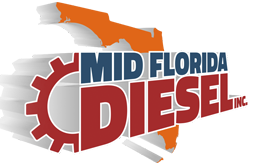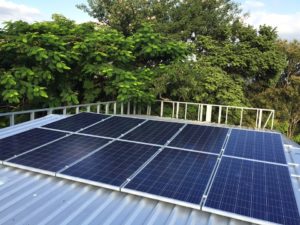Calendar
July 2024 M T W T F S S 1 2 3 4 5 6 7 8 9 10 11 12 13 14 15 16 17 18 19 20 21 22 23 24 25 26 27 28 29 30 31 Search
-
Recent Posts
- Revving Up Efficiency: Optimizing Diesel Engines For Superior Energy Use
- Common Diesel Generator Repair Issues And How To Solve Them
- Selecting The Right Parts For Diesel Truck Repairs
- The Importance Of Regular Oil Changes In Diesel Generators
- Essential Advice For Selecting A Diesel Truck Repair Mechanic
Categories
- Alternative Energy
- Blue Start Power Systems
- Cars
- Caterpillar
- Diesel Engine
- Diesel Generator
- Electicity
- Energy
- Energy efficiency
- Fossil Fuel
- Gas Generator
- Generator Repair
- Generators
- hurricane season
- Hybrid technology
- Hydrogen Fuel Cells
- Jaguar
- John Deere
- Maintenance
- Mid Florida Diesel
- New Technology
- News
- Northern Lights Generators
- Power generation
- Products
- Project
- Reconditioning Services
- Renewable Energy
- Repair
- RV
- RV Repair
- Services
- Solar Power
- Tips
- Track Repair
- Uncategorized
- Volvo Penta
- Yanmar
Tag Archives: Tesla
The future of Sustainable Energy
Renewable energy became more popular than the diesel generator in 2017. In April, the UK enjoyed its first coal-free day. They plan on banning all petrol and diesel cars by 2040. Wind power is also growing in popularity today because Continue reading
Posted in Alternative Energy, Cars, Electicity, Energy, Maintenance, Mid Florida Diesel, New Technology, Power generation, Renewable Energy, Solar Power
Tagged renewable energy, Renewables, Smarter Buildings, Solar Power, Soler Energy, Tesla
Comments Off on The future of Sustainable Energy
The Return of the Diesel Engine
After years of a gas-dominated landscape in the United States, it looks like the diesel engine may be making a perhaps unexpected comeback. The recent history has been especially volatile with big players including Volkswagen, Porsche, and Audi leaving the Continue reading
Posted in Diesel Engine, Diesel Generator, Hybrid technology
Tagged diesel, energy vehicles, Nissan, Tesla
Comments Off on The Return of the Diesel Engine
New Hybrid Cars With Autopilot Causing Alarm
Science fiction and Hollywood would show people cruising along, trouble free in these futuristic vehicles and people couldn’t wait to hear of the latest technologies that could bring these marvels into reality. Well, that dream has become a reality but Continue reading
Posted in Alternative Energy, Cars
Tagged Tesla
Comments Off on New Hybrid Cars With Autopilot Causing Alarm
Tesla Offers Help To Install Its New Powerwall System
It’s been a hot story for weeks now. Tesla’s new Powerwall battery is on the market and those people who want to save on energy, provide a backup system for their electrical needs, now have this device to count on. Continue reading
Posted in Power generation
Tagged Tesla
Comments Off on Tesla Offers Help To Install Its New Powerwall System






